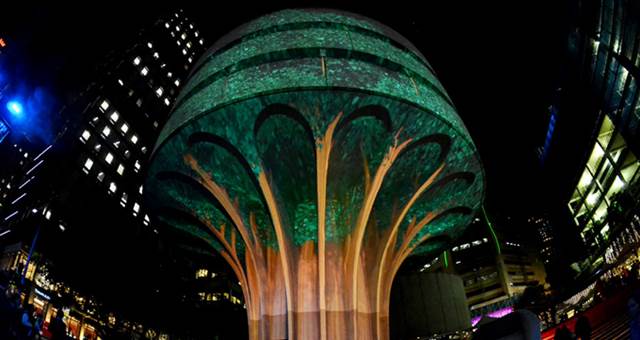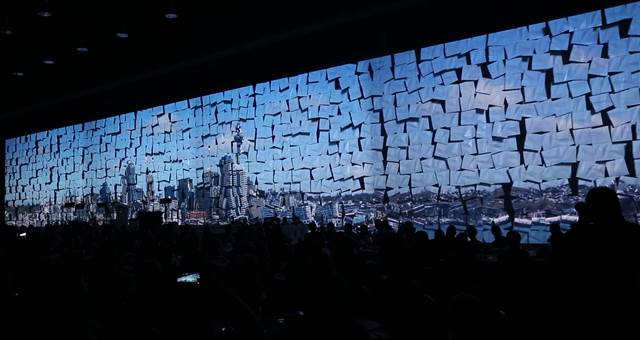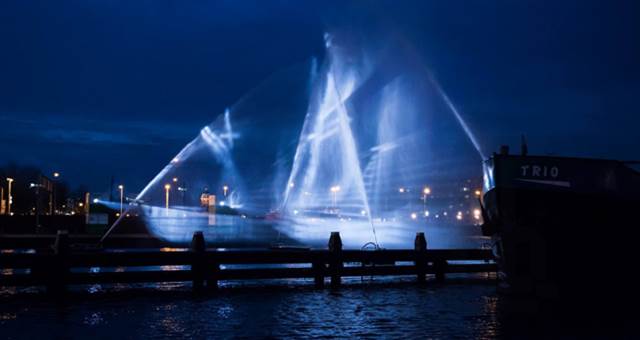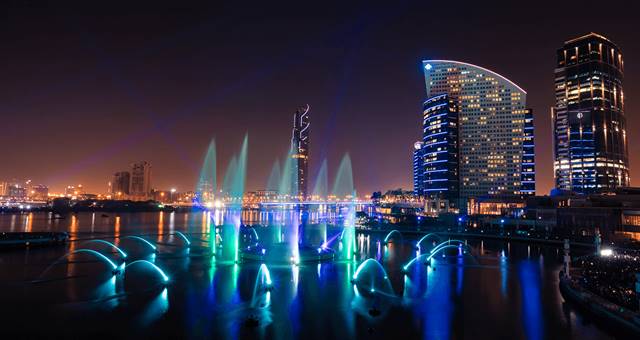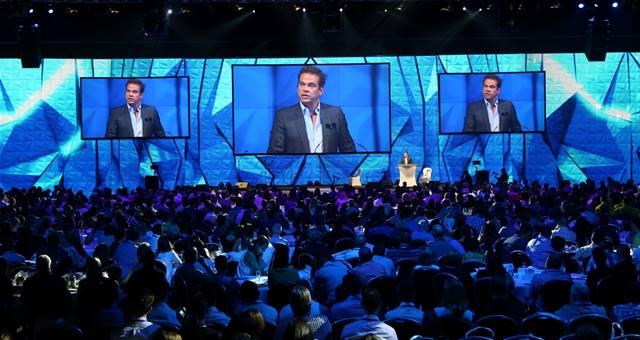
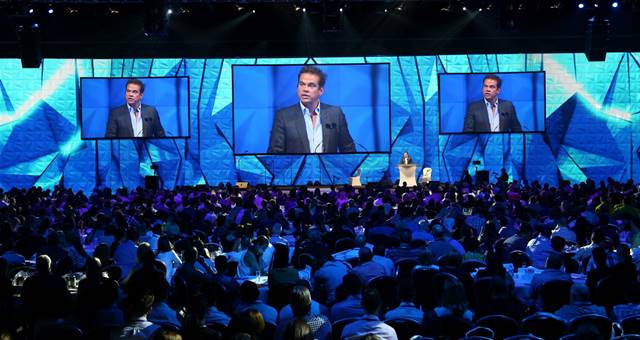
Spice caught up with Thomas Brown from Backdrops Fantastic Australia to get down to the basics of projection mapping.
Projection mapping, used on buildings and large structures like the Opera House during the Vivid Festival for artistic application can also be utilised very creatively in the corporate event environment for conferences, exhibitions, themed dinners and gala awards. Here are three things you need to know about projection mapping for corporate events.
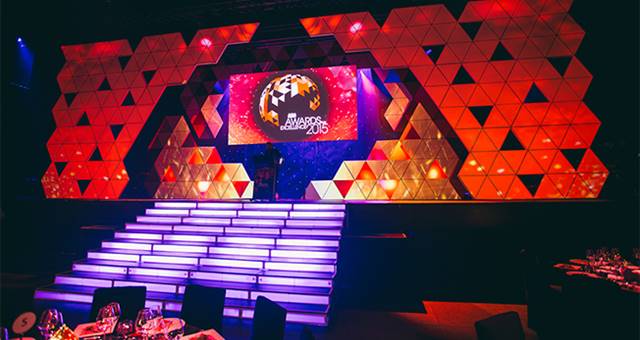
1. What is the difference between projection mapping, projection blending and augmented reality projection mapping?
We all know that projection is an image made of light that beams onto a screen or surface. Projection mapping is a broad term that means to turn objects, often irregularly shaped, into a display surface for image or video projection. These objects may be complex 3D industrial landscapes, such as buildings or any surface of any kind with an irregular shape such as cars, wide format projection screens or corporate stage sets
Projection blending is a form of projection mapping in loose terms. When more than one projector is used to create an image that the eye perceives as one big unbroken image this is the application of projection blending. Projection Blending is used in multi projector mapping but we also use projection blending in many standard audio visual setups when wide format screens are used in corporate events.
Augmented 3D projection mapping is projection mapping and in applications of more than one projector will contain projection blending – but instead of just projecting an image or video onto the irregular surface the surface becomes the base for optical visual trickery. A building or stage set with augmented projection mapping content creates the illusion that the static object is moving, breaking or being manipulated in a way that is a figment of our optical imagination.
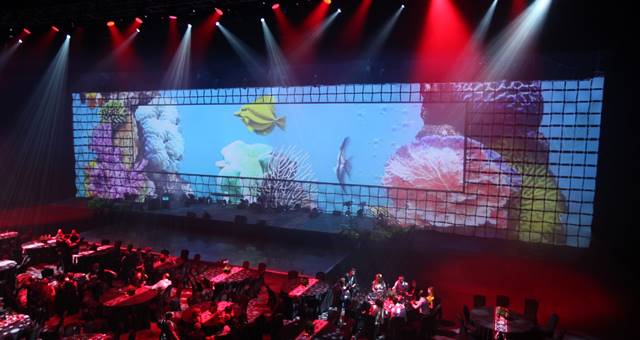
2. What is available in the market to projection map onto for corporate events?
The most common surface used in corporate projection mapping is the wide format screen most AV companies use in their daily sales. Curved wide format screens are also becoming common and create a unique twist to the standard screen. To really get creative and unique with projection mapping, the use of stage sets, modular panels or any light coloured material such as foam panels or stage flats can be a perfect canvas for projection mapping.
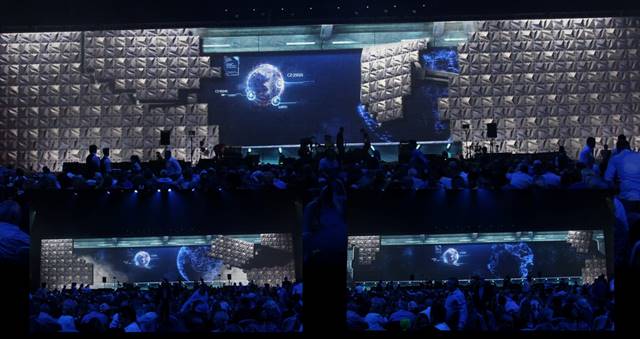
3. Where does the content for projection mapping come from and is it expensive?
Projection mapping content can either have a purpose and tell a story which requires custom content creation, or be visual eye candy that creates a great backdrop for conferences or awards programs. There are many cost-effective online media resellers of visual content that can be used in projection mapping as a backdrop. Search terms such as ‘VJ background’ or ‘VJ loops or motion graphics’. If the intent is to create a surface that tells a story, then professional animators and or editors will need to be used to create content that suits the canvas.
Augmented projection mapping with optical visual trickery is the most complicated and costly to produce and requires the actual canvas be available in a 3D digital model so that animators can create custom content exactly representative to the physical canvas that will be projected onto. Augmented projection mapping is certainly the most expensive projection mapping to produce but some cost-effective options are available for corporate stage sets and modular sets that have already been mapped. Look for sets and canvases online that have been projection mapped on previous events and you will find the hard work of creating the content specific to the canvas the first time has already been done.
